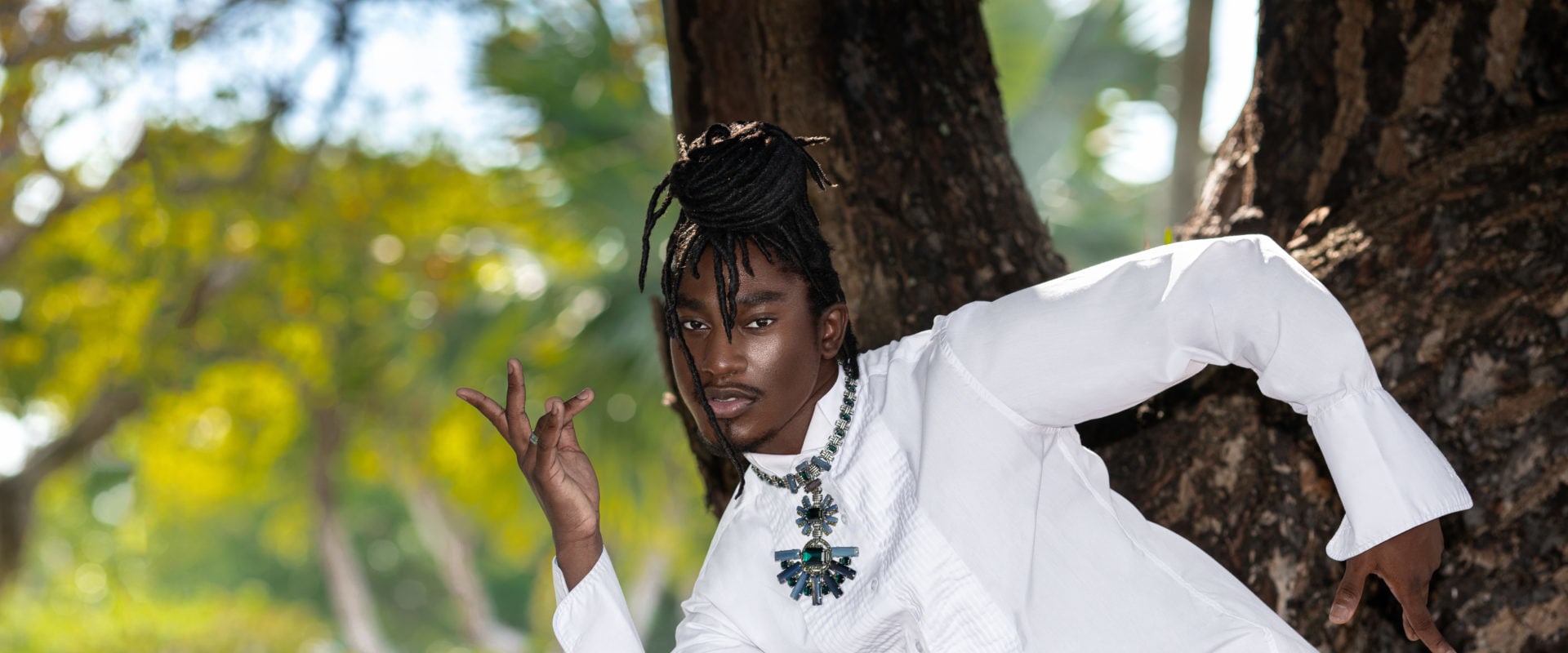Day rates for photographers can be a complicated and confusing topic, with many different factors to consider. From the type of photography you do, to the scope of the project, to the client's budget, there are many variables that can affect the cost. This article will provide an overview of day rates for photographers and how they are typically determined. We'll also discuss some of the common pricing strategies used by professional photographers and provide tips on how to determine your own rates.
What is a Day Rate?
A day rate is a pricing model used by photographers for commercial and editorial work.Essentially, it's a lump sum fee that covers the photographer's services for a full day of work. Day rates usually cover the photographer's time and talent as well as the use of their equipment. The photographer will typically deliver the final edited images within a certain period, usually 24-48 hours. Day rates vary widely depending on the type of photography, the complexity of the project, the photographer's experience and reputation, the types of services offered, and other factors. Generally, day rates range from $200 to $2,000 or more.
In some cases, photographers may offer package deals that include multiple days or additional services. Day rates are popular for commercial and editorial jobs because they provide certainty for both parties. This pricing model is a great choice when the scope of work is known in advance and turnaround times are short. Day rates are often used for events, product photography, corporate headshots, and other types of projects.
Tips for Setting and Negotiating Day Rates
Day rates are a popular pricing model for photographers, used in commercial and editorial photography. When it comes to setting and negotiating day rates, there are several important considerations to keep in mind.Determine the Right Rate for Different Types of ShootsWhen setting a day rate, it's important to consider the type of shoot and the amount of work that will be involved. For example, a higher rate might be justified if the shoot involves complex lighting set-ups or travel to a remote location. Additionally, an experienced photographer may be able to charge a higher rate than a less experienced photographer.
Research Rates of Other Photographers
It's also important to research the day rates of other photographers in your area or specialty.This will help give you a better understanding of what is considered a fair rate for your particular type of work.
Negotiate with Clients
Finally, it's essential to be able to negotiate with clients in order to reach an agreement on the day rate. Be prepared to explain why you believe your rate is justified and try to come up with creative solutions that meet both parties' needs.How to Calculate a Day Rate
Day rates are typically based on a photographer's skill level, experience, and the type of job they're doing.When calculating a day rate, it's important to consider all the costs associated with a project, including overhead costs, equipment expenses, and any other costs related to the shoot. To calculate a day rate, start by determining how much time the shoot will take. This includes setup time, shooting time, and post-production time. Once you have an estimate of how long the shoot will take, you can factor in any additional costs that may be associated with the project.
This includes costs related to travel, equipment rentals, props or sets, and any other associated costs. Once all expenses have been factored in, you can determine what rate you need to charge in order to make a profit. In addition to the day rate, it's important to consider other factors such as the number of images required and the use of images after the shoot is completed. This will help you determine whether or not the rate you are charging is fair and profitable.
When calculating a day rate for a photography job, it's important to be realistic about what you can charge for your services. It's important to factor in all expenses associated with a job, including overhead costs and equipment expenses, in order to come up with an accurate day rate. Additionally, it's important to consider any additional costs that may be associated with a project before setting your day rate.
Common Mistakes When Setting Day Rates
When setting day rates for photographers, there are a few common mistakes that can easily be avoided. The most common mistake is undercharging or overcharging clients for a job.It's important to do your research and find out what the going rate is for a job in the local area, as well as the national average. This will help you set an appropriate rate for your services. It's also important to be aware of the amount of time and effort it takes to complete a job. If you're charging too little, you may not be able to cover your costs, which could lead to you not making a profit. On the other hand, if you're charging too much, you could risk losing clients who are looking for a more affordable option. It's also important to consider how much experience you have in your field and the quality of your work when setting your day rates.
If you're just starting out, it's wise to offer lower rates and gradually increase them as you gain more experience. If you have a lot of experience and are providing high-quality work, it's likely that you can charge higher rates. Finally, make sure to consider the types of jobs that you'd like to do and what kind of clients you'd like to work with when setting day rates. Different clients may have different expectations or budgets that you need to take into account when setting your rates. By doing research and taking all of these factors into consideration, you can set day rates that will ensure you're getting paid what you deserve for your work.
Examples of Day Rate Calculations
Day rates are a popular pricing model for photographers and can vary depending on the type of job, complexity, and market rate. Before calculating a day rate, it is important to understand the different types of shoots and the complexity involved.For example, a basic headshot shoot may be simpler and require less time than a commercial product shoot. For the headshot shoot, the photographer may charge a flat fee for their time, while for the product shoot they may charge an hourly or day rate. Additionally, the photographer may need to factor in the cost of any equipment rental or additional staff needed. When calculating a day rate, it is important to take into account the complexity of the shoot, the amount of editing required, and the market rate for similar services.
For instance, a complex commercial shoot may require more time and more editing than a simple portrait shoot. Therefore, the photographer should adjust their day rate accordingly. When setting a day rate, it is also important to consider the cost of living in your area and the cost of any equipment or staff needed for the shoot. Additionally, it is important to be transparent about your rates and communicate them clearly with clients.
In conclusion, day rates are a popular pricing model for photographers and can vary depending on the type of job, complexity, and market rate. When calculating a day rate it is important to consider all factors such as complexity of the shoot, cost of living in your area, cost of any equipment or staff needed, and market rate.
Types of Jobs That Suit a Day Rate
Day rates are an ideal pricing structure for photographers who need to offer flexibility in their services. This structure is most suitable for jobs that require creative input, such as commercial and editorial photography.Some of the types of photography jobs that are best suited to a day rate pricing model include:PortraiturePortraiture is a popular genre of photography and can involve everything from family and baby photography to fashion or boudoir shoots. Day rates are a good option for portraiture photography as it can be difficult to predict how long a shoot may take, and the photographer may need to factor in extra time for makeup, wardrobe changes, and other elements.
Event Photography
Event photography can cover everything from weddings to corporate events. A day rate is an appropriate pricing model for these types of shoots as the photographer will need to be available for an extended period of time, and the hours required may vary significantly depending on the type of event.Landscape Photography
Landscape photography can involve anything from capturing stunning nature scenes to shooting in urban settings.Because these types of photoshoots typically require longer periods of time, day rates are an ideal pricing structure for this type of work.
Food Photography
Food photography is a specialized field that requires an understanding of composition, styling, and food preparation. As with many other types of photography, it can be difficult to predict how long a food photoshoot may take, making day rates a suitable pricing model.Benefits of Day Rates
Day rates are a convenient and cost-effective way of pricing photography services. Unlike hourly or project-based models, day rates offer photographers a simple and straightforward way to price their services. By setting a flat fee for a whole day's work, photographers can save time and money in both the short and long term. One of the biggest advantages of day rates is that they provide photographers with predictability.Photographers can better plan their projects and resources when they know exactly how much they will be paid for each day of work. This helps them to budget their time and resources more effectively. Day rates also help photographers to establish better relationships with their clients. By charging a single flat fee, there is less negotiation involved in the process, which can lead to smoother transactions and better client satisfaction. Additionally, day rates make it easier to compare prices between different photographers, as clients can easily compare the day rate of one photographer with that of another. Day rates can also be more affordable for clients, as they are often lower than hourly rates.
Since photographers are being paid for a full day's work, they are more likely to be flexible with their services and put in extra effort to meet their client's needs. Overall, day rates offer a number of benefits for photographers and their clients. They provide predictability for both parties, making it easier to plan and budget for projects. They also make it easier to compare prices between different photographers and can result in more affordable services for clients.




Leave Message